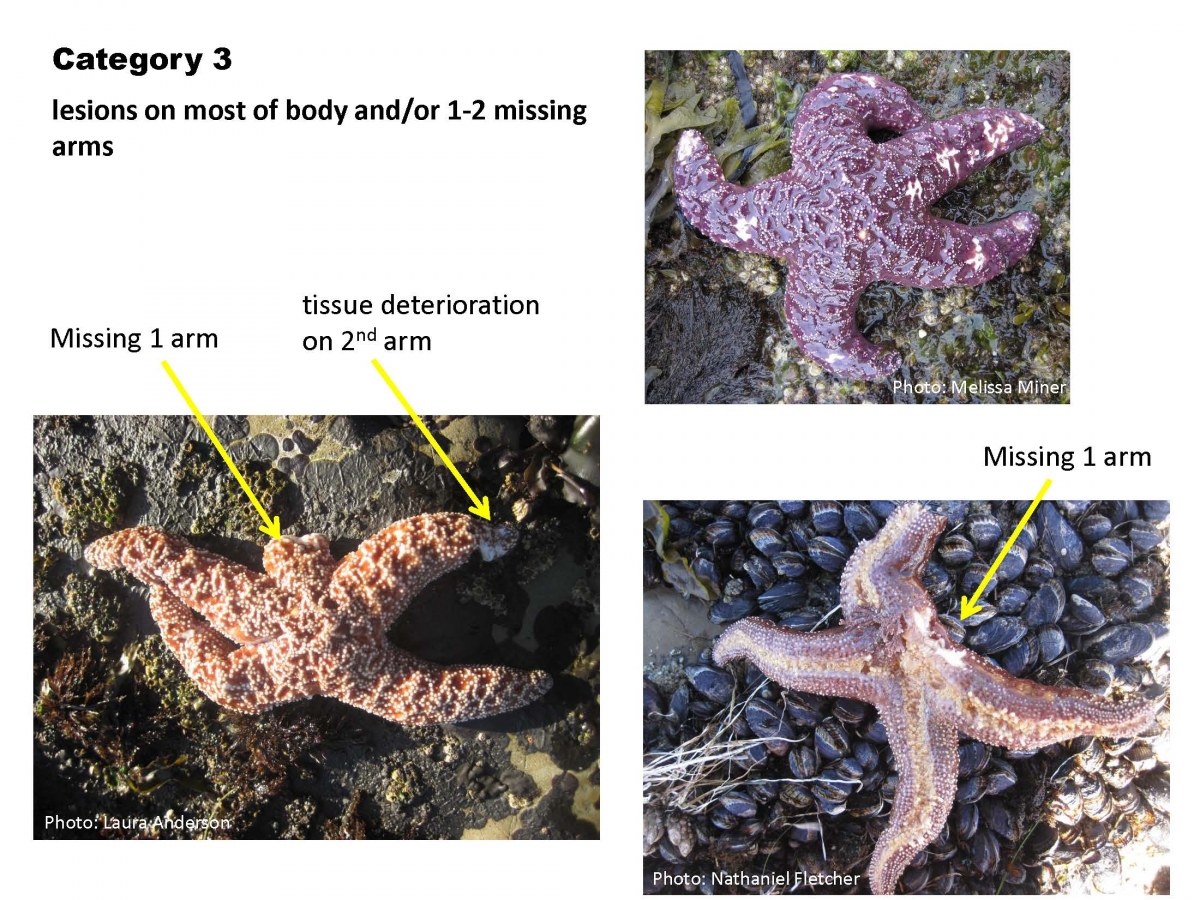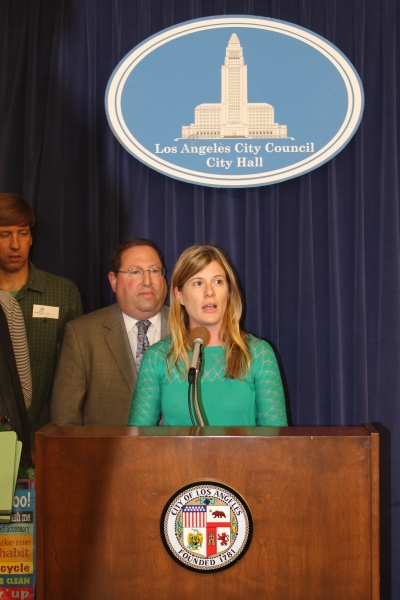Heal the Bay president Alix Hobbs and TreePeople CEO Andy Vought write that Prop 1 marks a new start for California’ s water future. But that future starts with you … today.
Nov. 11, 2014 — Last week marked a watershed moment for California, both literally and figuratively. After years of legislative gridlock and public indifference, voters agreed to start fixing our state’s broken water system. Though not perfect, Proposition 1, the just-approved $7.5 billion water bond, sets the stage for a more sustainable California.
But we can’t afford to wait for funded projects to be built.
There’s much to be excited about in the approved measure. It includes investments in multi-benefit projects that harvest stormwater runoff instead of funneling it to sea. Instead of polluting our shorelines, stormwater will replenish our depleted groundwater.
In fact, urbanized areas of California have the potential to harness nearly half-a-million acre-feet of water via stormwater capture each year, according to a recent study by the Natural Resources Defense Council and the Pacific Institute. That’s enough to meet the water needs of 1 million families for an entire year.
But it doesn’t help for water to be sent to aquifers if they are polluted. Fortunately, the bond also sets aside money to clean up existing groundwater supplies. Locally, that may help us rehabilitate contaminated aquifers in the San Fernando Valley. Bond funds have been set aside for watershed restoration projects that improve the natural cleansing function of the environment, which may prove a boon to the ongoing revitalization of the Los Angeles River.
Proposition 1 isn’t a cure-all for our water woes. Despite last weekend’s welcome downpour, extreme drought continues. We live in a dry climate, with the added stress of ongoing climate change. No amount of bond spending will change these dynamics.
The late Dorothy Green, Heal the Bay’s founding president and water warrior, recognized California’s challenge 30 years ago. We have enough water for the people and the environment, but without wise water management the well will soon run dry. There will never be enough water to meet every need. We need to start valuing every drop.
As we start to wean ourselves from costly and increasingly scarce imported water, we improve both our fiscal and environmental health. Transporting water to Los Angeles remains the single largest use of electricity in our state. Taxpayers pay millions in cleanup costs each year to deal with urban runoff, the primary source of pollution in our ocean and shorelines.
Happy as we are with the water bond’s passage, it won’t make a difference to our current drought. Projects will take years to implement, and we can’t afford to wait. Just as the bond passage is a watershed moment, our third year of drought is an historic event. And we can start addressing it today right in our own backyards.
By taking individual actions, we can achieve collective benefits immediately to our water supply and quality. Rainwater harvesting at the parcel level has huge potential. A one-inch rainstorm in Los Angeles County sends some 10 billion gallons of polluted runoff into the stormdrain system. Every property in Los Angeles can capture rainwater and add to our local water supply, rather than having it shed from roofs and paved surfaces to the sea.
To spur this needed change in thinking, the City of Los Angeles and other local municipalities have adopted Low Impact Development policies, which require new and redevelopment projects to incorporate water-saving and water-harvesting components.
These actions can be simple and inexpensive. For example, Angelenos can hook up rain barrels or cisterns to their rain gutter downspouts. Tanks fill up quickly even in the lightest rainfall, providing “off the grid” water for irrigation. Simple landscape modifications such as contouring land to sink rainwater into swales and rain gardens, combined with climate-appropriate plants and trees, can dramatically reduce water use – in some cases by more than half.
Proposition 1’s passage marks a new era of water management. But fighting the drought didn’t end at the ballot box. Small individual actions add up to big impacts, and are critical to creating a sustainable water future for California. Local water agencies and nonprofits can show the way. Rebates abound. We all need to go outside and assess where we can capture and save water to make it through this current drought – and California’s long-term drying trend.
Let’s not waste this watershed moment.
This Op-Ed originally appeared in the Daily News, Daily Breeze and other Los Angeles News Group publications earlier this week.









 Kirsten at a City Hall press event celebrating the plastic bag ban.
Kirsten at a City Hall press event celebrating the plastic bag ban.